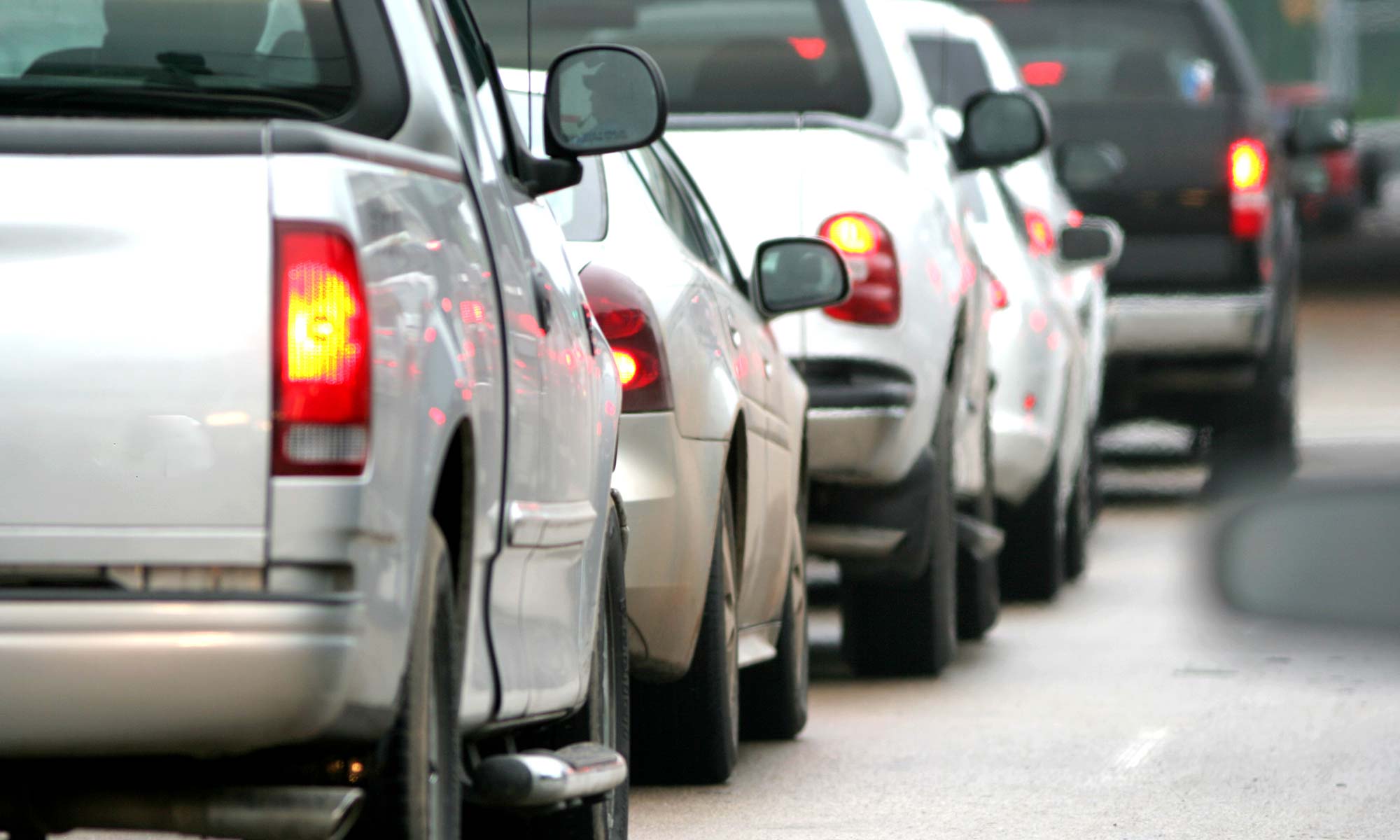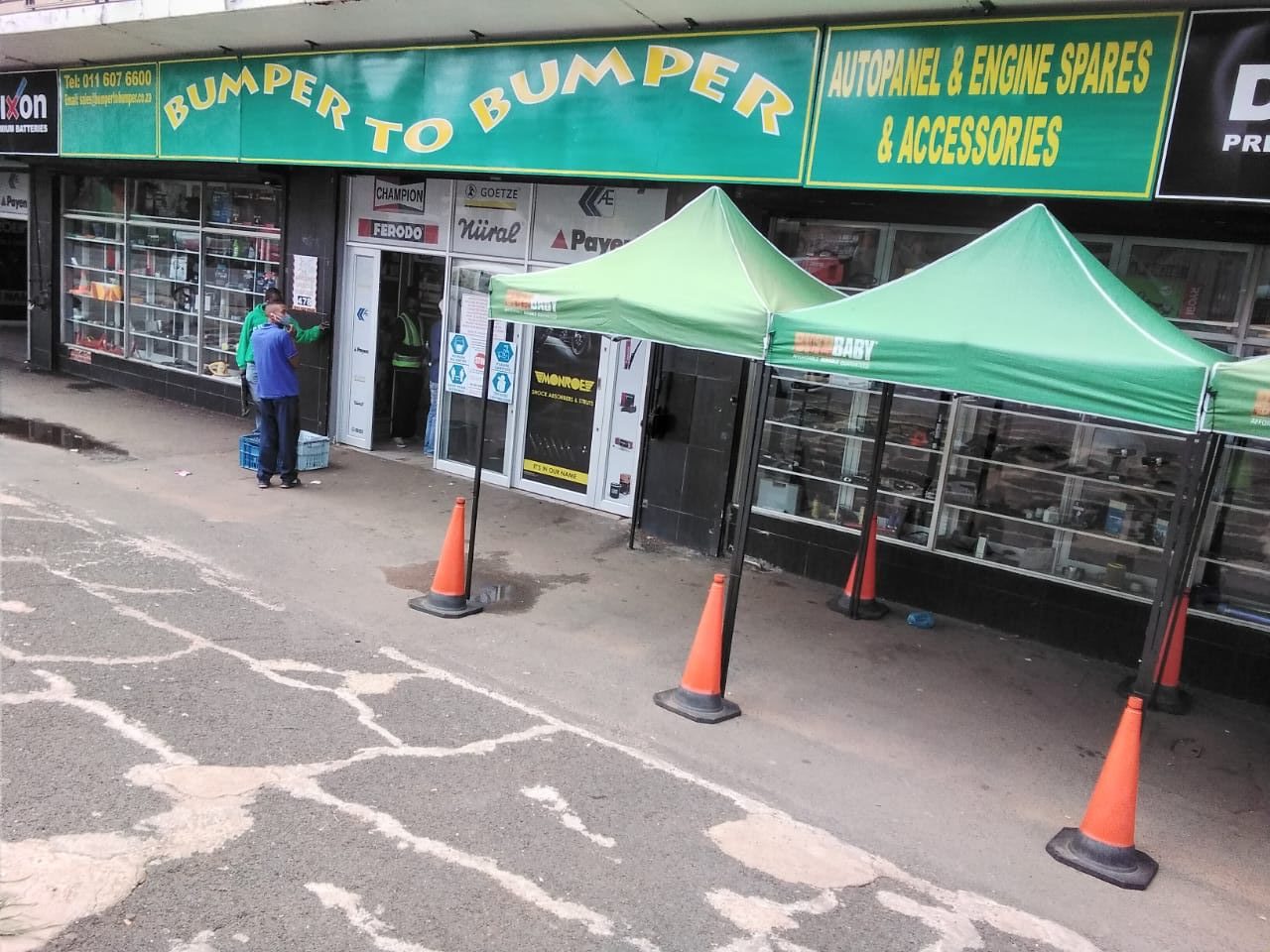Definition and Etymology: Bumper To Bumper Meaning

Bumper to bumper meaning – The phrase “bumper to bumper” is used to describe a situation in which there is a long line of vehicles, usually in a traffic jam. The term is derived from the fact that the bumpers of the cars are close together, indicating that there is no space between them.
Bumper to bumper, a phrase that evokes images of endless lines of vehicles, can also be a metaphor for the relentless pace of life. Like the cars inching forward in traffic, we often feel trapped in a constant state of motion, with little time to reflect or savor the present moment.
It is in these moments that we can turn to stories like the buttermilk fairy tale , a reminder that even in the midst of chaos, there is always room for magic and wonder. And so, as we navigate the bumper-to-bumper traffic of life, let us remember to take a moment to pause, to appreciate the small miracles that surround us, and to find the fairy tale within the everyday.
The phrase first appeared in the early 20th century, when cars became more common and traffic congestion became a problem. It was first used in a newspaper article in 1907, and it has been in common use ever since.
Bumper-to-bumper traffic, a common sight in cities, describes a situation where vehicles are closely packed, unable to move freely. This term shares a similar meaning with the slang phrase “buttermilk,” which refers to something that is thick and crowded. Just as bumper-to-bumper traffic creates a dense and slow-moving environment, so too does buttermilk describe a situation characterized by its thickness and lack of fluidity.
Variations and Synonyms, Bumper to bumper meaning
There are several variations and synonyms for the phrase “bumper to bumper.” These include:
- bumper-to-bumper
- wall-to-wall
- gridlock
- traffic jam
Traffic Context

The term “bumper to bumper” is used to describe traffic conditions where vehicles are closely spaced and moving slowly, with little to no space between them. This type of traffic is often seen during rush hour, construction zones, or major events that attract large crowds.
Bumper-to-bumper traffic can be caused by various factors, including high traffic volume, road closures, accidents, or weather conditions. The effects of such traffic can be frustrating and time-consuming, leading to delays, increased fuel consumption, and stress for drivers.
Strategies for Avoiding or Mitigating Bumper-to-Bumper Traffic
To avoid or mitigate bumper-to-bumper traffic, several strategies can be employed:
- Plan your route and departure time: Avoid peak traffic hours by leaving earlier or later. Use traffic apps or websites to check real-time traffic conditions and plan an alternate route if necessary.
- Consider alternative modes of transportation: Explore public transportation, carpooling, or biking to reduce the number of vehicles on the road.
- Utilize technology: Use GPS navigation systems or traffic apps to identify alternate routes, avoid road closures, and find real-time traffic updates.
- Be patient and courteous: Avoid aggressive driving and maintain a safe following distance to reduce the risk of accidents and further traffic congestion.
Figurative Usage

Beyond its literal meaning in traffic, “bumper to bumper” has found figurative applications in various contexts, extending its significance to encompass broader ideas.
The phrase evokes a sense of closeness, crowding, or saturation when used figuratively. It suggests a state where individuals, ideas, or entities are packed tightly together, often leading to competition, pressure, or a feeling of being overwhelmed.
Extended Meaning
- Competition and Market Saturation: In business and economics, “bumper to bumper” can describe a highly competitive market with numerous players vying for a limited market share. This intense competition can lead to aggressive strategies, price wars, and a struggle to differentiate products or services.
- Crowded Events and Spaces: The phrase is often used to depict crowded gatherings, such as concerts, festivals, or public events. It conveys the sense of being surrounded by a large number of people, creating a bustling and potentially overwhelming atmosphere.
- Ideas and Information Overload: In the digital age, “bumper to bumper” can describe the overwhelming amount of information available online. With countless websites, social media platforms, and news sources vying for attention, it can be challenging to navigate and process the sheer volume of content.
The phrase “bumper to bumper” often refers to traffic congestion, where vehicles are closely spaced and unable to move freely. In the realm of sports, this term can also describe the tailgate party atmosphere before a game, where fans gather in the parking lot to socialize and enjoy food and drinks.
A recent tailgate story showcased the camaraderie and excitement that can be found in these gatherings. As the game approaches, the tailgate party winds down and the fans make their way to the stadium, leaving behind the bumper-to-bumper camaraderie for the thrill of the game.
The term “bumper to bumper” refers to a state of heavy traffic congestion where vehicles are lined up closely together. It’s akin to the underdog definition in a sporting context, where an unexpected team or individual emerges victorious despite facing overwhelming odds.
Just as the underdog can triumph over adversity, so too can traffic flow resume after a period of bumper-to-bumper congestion.
Bumper to bumper traffic, a common sight in urban areas, conjures images of endless rows of vehicles, creating a sense of frustration and impatience. Yet, within this mundane reality, there exists a hidden realm of possibility, like the “buttermilk fairy tale” here.
Just as the fairy tale offers a glimpse into a world beyond the ordinary, so too can bumper to bumper traffic serve as a reminder that even in the most congested of spaces, there is always the potential for magic and unexpected encounters.